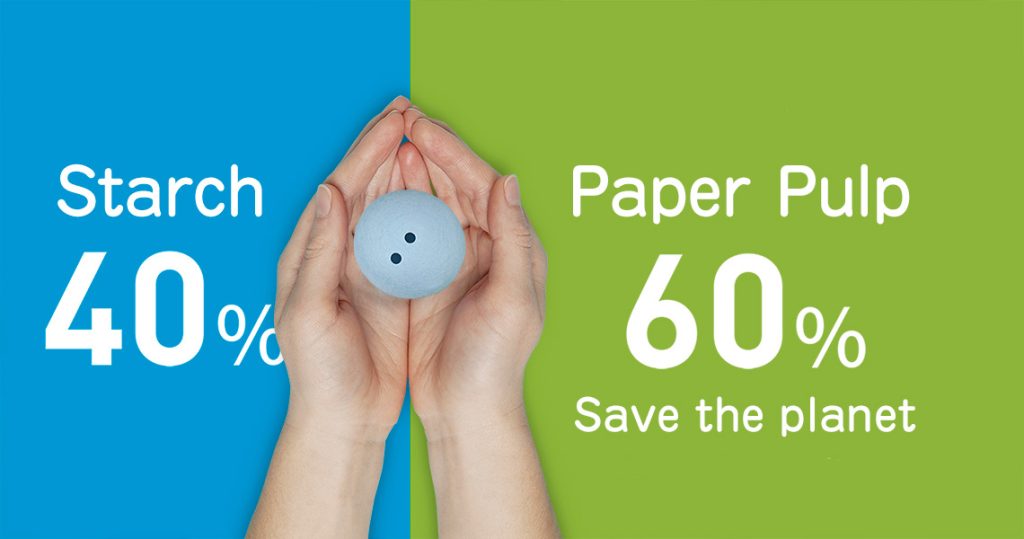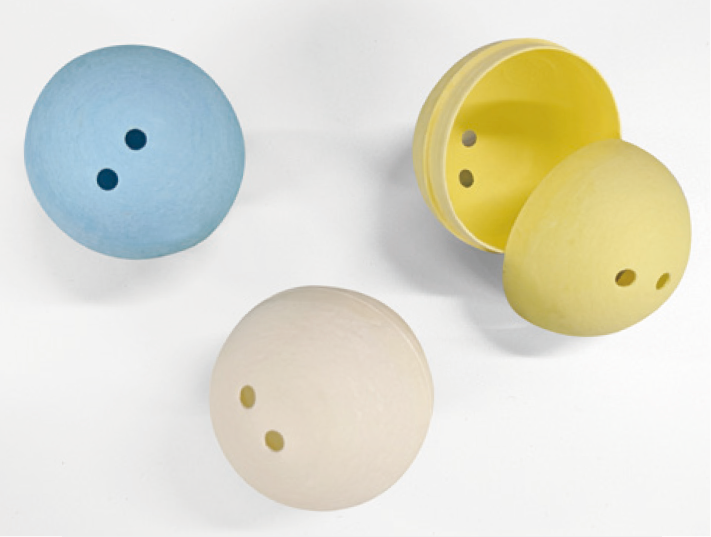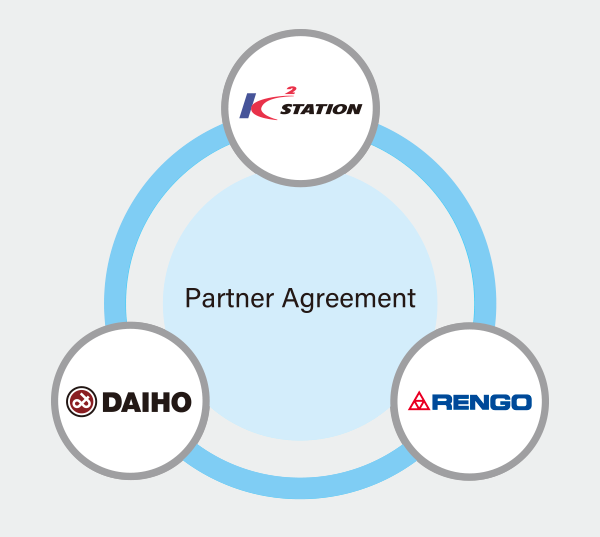
The world’s first* paper capsule made from
starch and paper pulp
“Save the Planet” Environment-Friendly “Toy Capsule”


*According to the research by DAIHO INDUSTRIAL Co., LTD. which is patent holder on PIM(Pulp Injection Molding) technology.

Characteristics of ecopon:
- Can be disposed as general waste.
- Does not include any plastic materials.
- No toxic substances produced when burnt.
- Reduce environmental burden throughout the product in life-cycle, including domestic manufacturing.
- Biodegradable Performance(degradation in soil in approx.6months)
- Products can be recycled as raw materials.
- Does not contain any harmful substances.
ecopon is jointly developed by
K2 STATION Co., Ltd., Rengo Co., Ltd. and DAIHO INDUSTRIAL Co., Ltd. using PIM technology.

K2 STATION Co., Ltd.
Planning & Selling
https://k2-st.co.jp/
Rengo Co., Ltd
Performance Testing & Evaluation
https://www.rengo.co.jp/
DAIHO INDUSTRIAL Co., Ltd.
Manufacturing
http://www.daiho-hq.com/
PIM (Pulp Injection Molding) Technology
PIM (Pulp Injection Molding) is a technology to realize a three-dimensional structure by injection molding materials using starch and pulp as main components.
DAIHO INDUSTRIAL CO., LTD. Invented this technology and improved together with Yokoi
Laboratory of University of Tokyo and NISSEI PLASTIC INDUSTRIAL CO., LTD
PIM Manufacturing Process

Reduced Environmental Impact
- Carbon dioxide emissions during material production are about one-third that of polypropylene.It is also not a source of microplastics, which do not decompose naturally, so it is expected to contribute to the environment.
- Great Pacific Garbage Patch –
It is known that in the North Pacific Ocean from off the coast of California to off the coast of Hawaii in the United States, there is an area known as the “Great Pacific Garbage Patch” where drifting plastic debris collects and has become a major environmental problem.
It is said to weigh approximately 80,000 tons, and the area of the Pacific Garbage Patch is 1.6 million km², which is more than four times the size of Japan.
